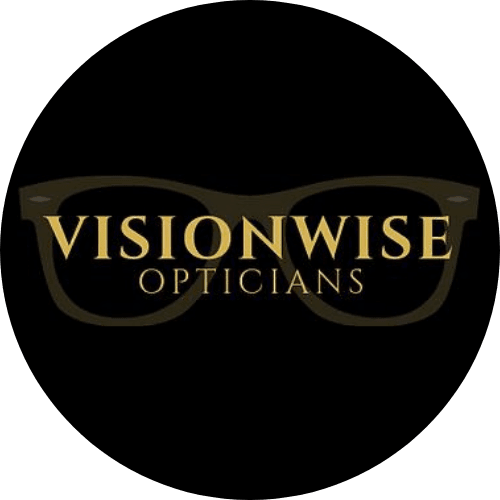Imaging Tests

Optimal Coherence Photography (OCT)
Many common eye diseases can creep up on you, without any significant symptoms. So, even if your vision and eyes appear perfectly fine, it’s useful for your optician to gain a full understanding of your overall eye health through additional tests.
In particular, an OCT scan can help to detect eye conditions like glaucoma, age-related macular degeneration and diabetic retinopathy. Your optician may recommend that you attend an OCT scan even when your eyes are healthy in order to provide a baseline image.
An OCT scan can help your optician to see what’s going on beneath the surface of your eye, providing a picture of the layers of your retina. Your optician can then map out the layers and measure the thickness. The optic nerve head is also visible at the back of your eye, so an OCT scan can also evaluate any disorders of the optic nerve.
How does an OCT work?
OCT technology uses light waves to take images of your retina; similar to how an ultrasound scan uses sound waves. During an OCT scan, you will be asked to sit in front of a small machine with your chin placed on a support. The instrument can scan your eye without touching it.
The scan is done on both eyes, one at a time. It is completely painless; you may be slightly dazzled by the flash of light that is given off in the machine, as if you have had your picture taken, but this will quickly disappear.
By attending multiple OCT scans over the years, your optician can notice subtle changes in the thickness of the layers. This can indicate early signs of eye conditions, making it much easier to diagnose, treat and manage.
Book an OCT scan now by calling us or visiting us in store.
